Five Tips to Save for Multiple Financial Goals at Once
Most of us will always have savings goals that compete for priority in our lives. Between home ownership, retirement, student loans, new vehicles, and more, it’s easy to get overwhelmed and not understand how to realistically tackle these goals at the same time.
The best way, of course, is to have a savings plan. By taking simple steps to get an accurate understanding of your finances and how much you’re able to contribute each month, you can begin to feel empowered over your ability to reach these goals.
Continue reading for five tips on how to save for multiple financial goals at one.
1. Identify Your Goals
To get started, determine your short-term financial goals. Do you want to purchase a home in five years? Are your kids heading off to college soon? Is buying a car a top priority next year? Next, think about long-term goals, such as saving for retirement and, if your children are young, college expenses. Estimate how much money you’ll need to meet each of these goals.
Make sure that you’re setting goals that are attainable. Otherwise, you could be setting yourself up for failure.
2. Create a Budget
Setting achievable goals starts with taking a look at your budget so you know what’s available to you to work toward each goal. Creating a budget allows you to see exactly where your money goes and determine where you can scale back. After making cuts, you can redirect that money toward your financial goals. Start by looking at your take-home net income, subtract your fixed expenses (rent, utilities, etc.) and the amount you have set aside for discretionary spending (food, clothes, etc.) and what you are left with is the amount that can be put toward your goals.
In addition, take stock of any debts that you have, the minimum monthly payments, and the interest rates.
3. Prioritize Your Needs and Wants
First and foremost, it’s wise to prioritize your retirement savings. This is a goal that takes decades to save for, and even saving a small amount each month can pay larger dividends in the future. If your employer offers a 401(k) match or similar, prioritize taking advantage of this offering.
Next, begin building an emergency fund, if you haven’t already. Your emergency fund can cushion the blow of unexpected expenses, which all of us will encounter at some points or another. Most experts say three to six months’ worth of necessary expenses is what you should have saved up. If you have other savings goals that make creating a six-month emergency fund difficult, prioritize saving three months’ worth of expenses, and then come back to finish building it later in the year.
After that, you can begin to think about other savings goals, prioritizing based on the time frame for when you’d like to achieve the goal. For example, if you’d like to buy a home in the next couple of years, putting more toward saving for a down payment might make more sense than saving for a car.
4. Make Investing Automatic
Automation ensures that savings accounts will continue to grow, even if we don’t see to it every month. This also helps reduce the likelihood you opt out of putting money toward saving and instead use it to cover other expenses.
Paying bills electronically can reduce paperwork and help avoid late payments. For recurring bills — mortgage, utilities, car payments, etc. — consider arranging for automatic payments. Many companies allow customers to pay recurring bills automatically with their checking account or credit card. You can also use your bank or credit union’s online bill payment service.
Your employer may sponsor a 401(k) or similar retirement savings plan that allows you to have a percentage of your pay automatically set aside in a plan account and invested for you in the investments you’ve selected from the plan’s menu. Participating in a retirement savings plan is a convenient way to save and invest for your future retirement.
To help employees build their savings, many retirement savings plans offer an employer match and some plans have an auto increase feature for employees who want to automatically increase their contribution percentage over time. Many financial firms also have arrangements that allow investors to automatically invest a specific amount of money in mutual funds or other investments on a regular basis.
High-yield savings accounts can also help you more easily make progress toward goals. These accounts typically pay more in interest each month compared to traditional savings accounts.
5. Involve a Financial Planner
If you feel overwhelmed by the idea of having to tackle more than one goal at the same time, a financial planner, like those at Emerj360, can offer guidance and strategies you haven’t yet considered. The financial planner can help you decide which goals to prioritize and how much to set aside for each goal. They may also have ideas or strategies that you hadn’t previously considered.

